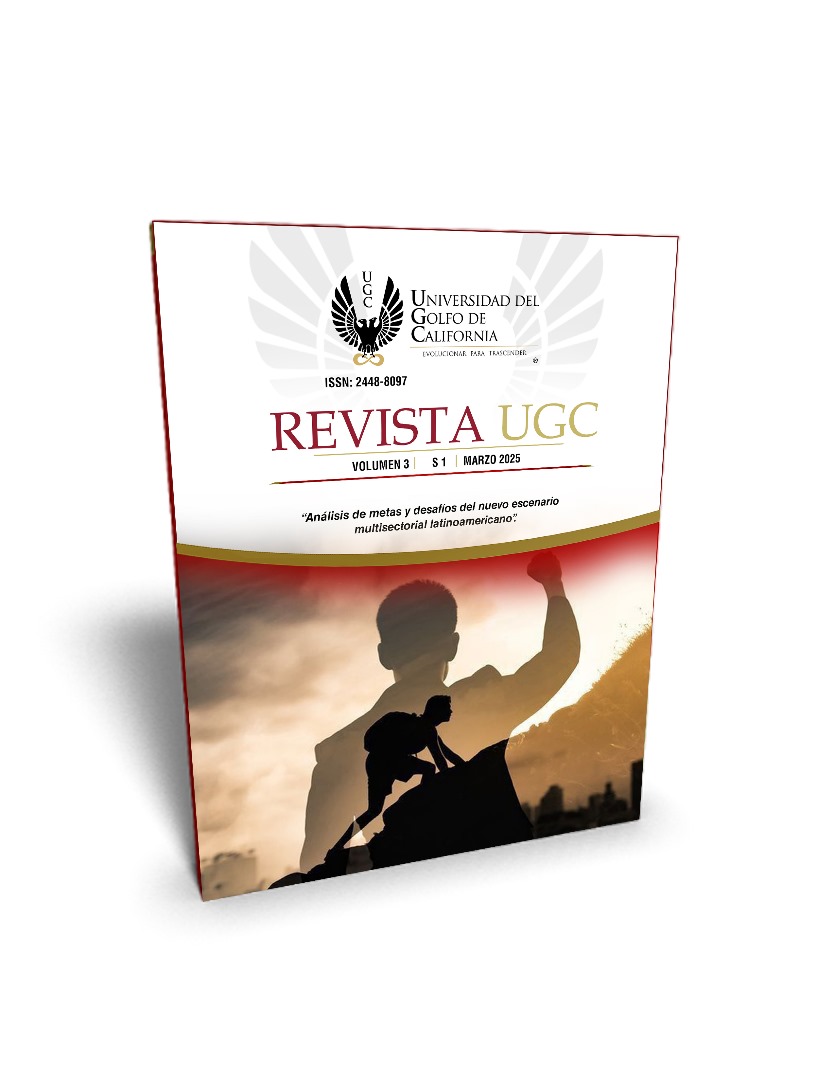Analysis of factors that negatively impact the perception of euthanasia in Ecuadorian society
Keywords:
Euthanasia, medical ethics, dignified death, individual rights, patient autonomyAbstract
Euthanasia is the act of intentionally causing the death of a person to alleviate their suffering, usually in the context of terminal illnesses or incurable medical conditions that generate intense pain and a deteriorated quality of life. Euthanasia is undoubtedly a taboo subject in Ecuador. This article aims to explore the perception of euthanasia in Ecuador, analyzing the attitudes, beliefs, and values that influence public opinion about this practice. The lack of a clear legal framework regulating euthanasia adds a layer of complexity to the debate, contributing to ambivalence and uncertainty among citizens. The research had a qualitative-quantitative design. A statistical analysis was developed using the Vikor multicriteria decision method. The position on euthanasia varies considerably among different sectors of the population, influenced by cultural, social, religious, ethical and legal factors. Of the factors analyzed, the most influential in the perception of stigmatization of euthanasia in Ecuadorian society in hierarchical order are ignorance and myths, the cultural and generational context and religious beliefs. It is essential to encourage education and open dialogue, addressing both concerns about patient suffering and autonomy and concerns about abuse and medical ethics.
Downloads
References
Aznar, J. (2021). Opinión de médicos y población general sobre la posible legalización de la eutanasia y el suicidio asistido. Cuadernos de Bioética, 32(104), 23–36. https://pubmed.ncbi.nlm.nih.gov/33812362
Carvajal, S., Portales, B., & Beca, J. P. (2021). Eutanasia: aclarando conceptos. Revista Médica de Chile. 149,1502–1506. https://www.scielo.cl/pdf/rmc/v149n10/0717-6163-rmc-149-10-1502.pdf
Contreras, J. (2019). Los entresijos de la dignidad humana. Vox juris. 37(2), 69–93. https://dialnet.unirioja.es/servlet/articulo?codigo=8074884
Cortés, M., & Santamaría, J.(2022). El derecho a la muerte digna como alcance a la vida digna. Polo del Conococimiento 7(1),234–49. https://polodelconocimiento.com/ojs/index.php/es/article/view/3474
Ecuador. Asamblea Nacional Constituyente. (2008). Constitución de la República del Ecuador. Registro Oficial 449. https://ecuadoeforestal.org./p-content/uploands/2010/05/CONSTITUCION-DE-LA-REPUBLICA-DEL-ECUADOR-20081.pdf
Ecuador. Asamblea Nacional. (2014). Código Orgánico Integral Penal. https://www.asambleanacional.gob.ec/es/system/files/document.pdf
Germán Zurriaráin, R. (2020). Eutanasia “medicina” del deseo. Apuntes De Bioética, 3(1), 47-63. https://doi.org/10.35383/apuntes.v3i1.374
Germán, R. (2019). Aspectos sociales de la eutanasia. Cuadernos de Bioética, 30(98),23–34. https://aebioetica.org/revistas/2019/30/98/23.pdf
Goodier, C.S., Paredes,B.P, Timbila, I. D., & Lasluisa, M.C. (2022). Estudio observacional de la opinión que tienen los estudiantes universitarios sobre la eutanasia en Ecuador. Revista Dilemas Contemporáneos Educación Política y Valores, 2(56), 1–4. https://dilemascontemporaneoseducacionpoliticayvalores.com/index.php/dilemas/article/view/3429
Gutiérrez, A., Gutiérez, J., Guadarrama, F., Jiménez, A., & Ruiz-Sandoval, J.L. (2020). Euthanasia and physician-assisted suicide: A systematic review of medical students’ attitudes in the last 10 years. Journal of Medical Ethics and History of Medicine, 13(22), 1–13. https://pubmed.ncbi.nlm.nih.gov/33552455/
Merchán, J. (2019). Eutanasia, matar y dejar morir. Desambiguación del concepto de eutanasia y consideraciones bioéticas esenciales. Persona y Bioética, 23(2), 207–23. http://scielo.org.co//pdf/pebi/v23n2/0123-3122-pebi-23-02-207.pdf
Mora, S., & Barahona, L.C. (2022). Eutanasia y estigma: ¿El derecho a la muerte digna es contrario a la ley universal? Revista Médica Risaralda, 28(2), 9–16. http://www.scielo.org.co/scielo.php?script=sci_arttext&pid=S0122-06672022000200009
Opricovic, S., & Tzeng, G. (2004). La solución de compromiso por métodos MCDM: un análisis comparativo de Vikor y Topsis. European Journal of operational research, 156(2), 445-455. https://www.semanticscholar.org/paper/Compromise-solution-by-MCDM-methods%3A-A-comparative-Opricovic-Tzeng/b31aa0b60875ea0e0d7f2aeffc93ace4e18ed3da
Paronyan, H., Carballido, R. M., & Matos, M. A. (2020). Neutrosophic VIKOR for Proposal of Reform to Article 189 of the Integral Criminal Code in Ecuador. Neutrosophic Sets and Systems, 37, 287-294. https://digitalrepository.unm.edu/nss_journal/vol37/iss1/34/
Pinzón, M.C., Roth, A.N., Mosquera, N., Méndez, D., Cajamarca, L., & Aragón, Y.A. (2022). Cabildo ciudadano sobre eutanasia: participación social en salud y formación ciudadana. Revista Latinoamericana de Ciencias Sociales, Niñez y Juventud, 20(3), 1–29. http://www.scielo.org.co/pdf/rlcs/v20n3/2027-7679-rlcs-20-03-587.pdf
Zurriaráin, R.G. (2019). Cuidados paliativos: solución ética acorde con la dignidad humana al final de la vida. Persona y Bioética, 23(2), 180–93. https://personaybioetica.unisabana.edu.co/index.php/personaybioetica/article/view/10723
Downloads
Published
How to Cite
Issue
Section
License
Copyright (c) 2025 Katia Dianela Zúñiga-Domínguez, Doménica Alejandra Yépez-Salame, Denisse Isabel Suaste-Pazmiño, Carlos Alfredo Mayorga-Frías

This work is licensed under a Creative Commons Attribution-NonCommercial 4.0 International License.
Los autores conservan los derechos de autor, garantizando a la Revista el derecho a la primera publicación del trabajo. Los autores ceden a la Revista los derechos de explotación de la obra autorizándola a la distribución y comunicación pública con fines no comerciales. Los autores conservan los derechos morales sobre la obra publicada. Los derechos patrimoniales le corresponden a la Revista.






